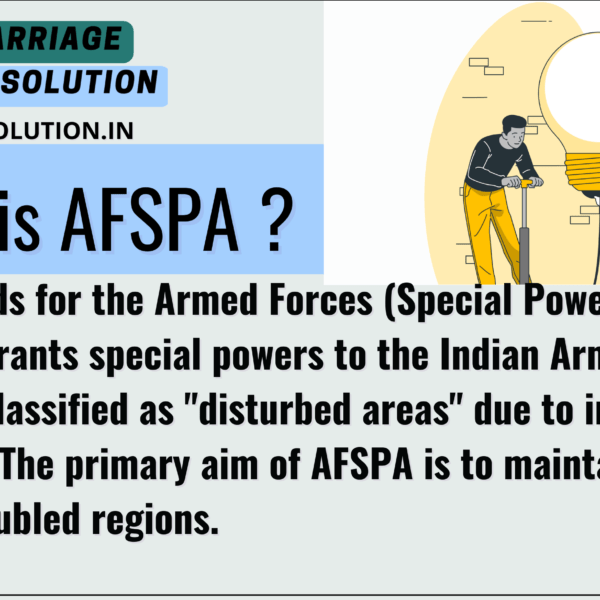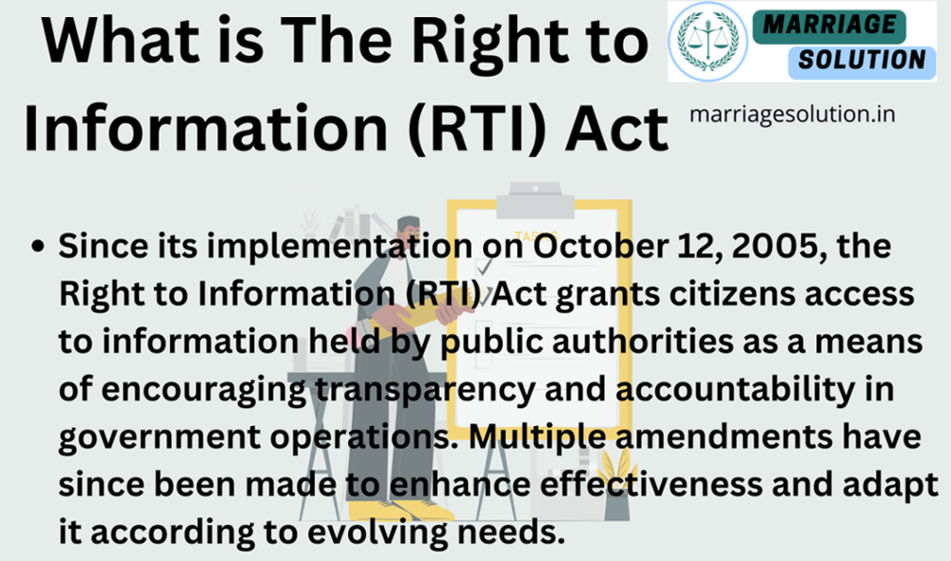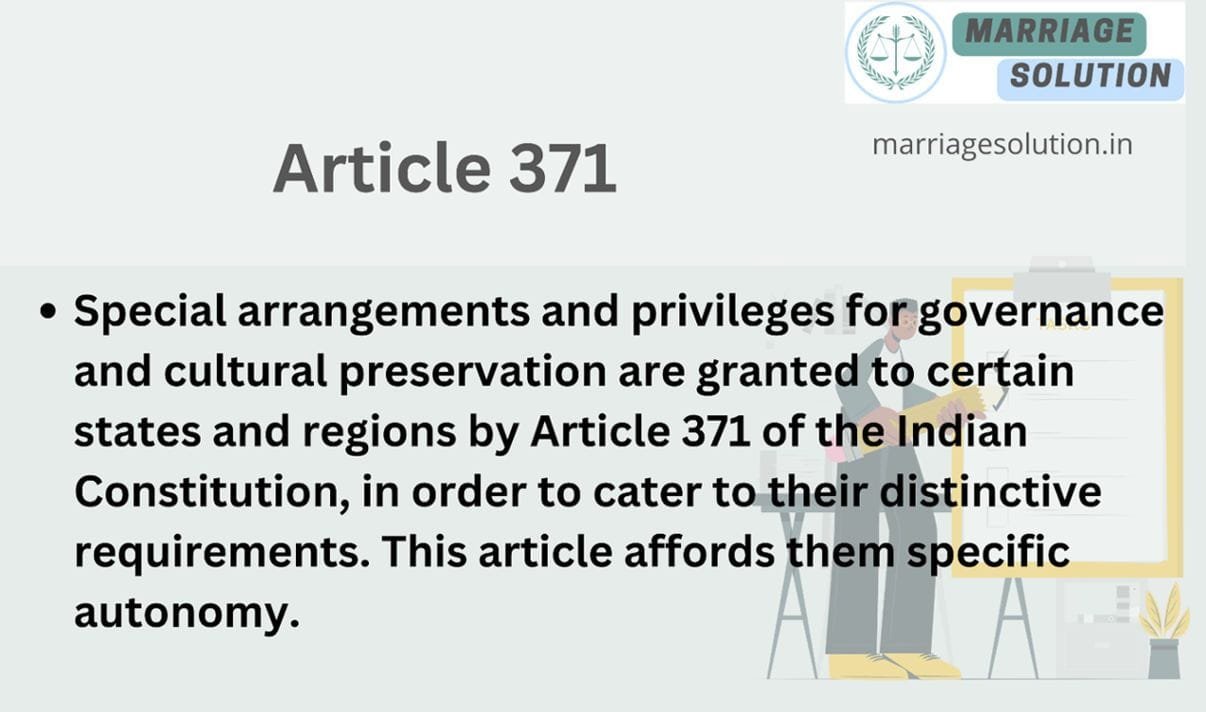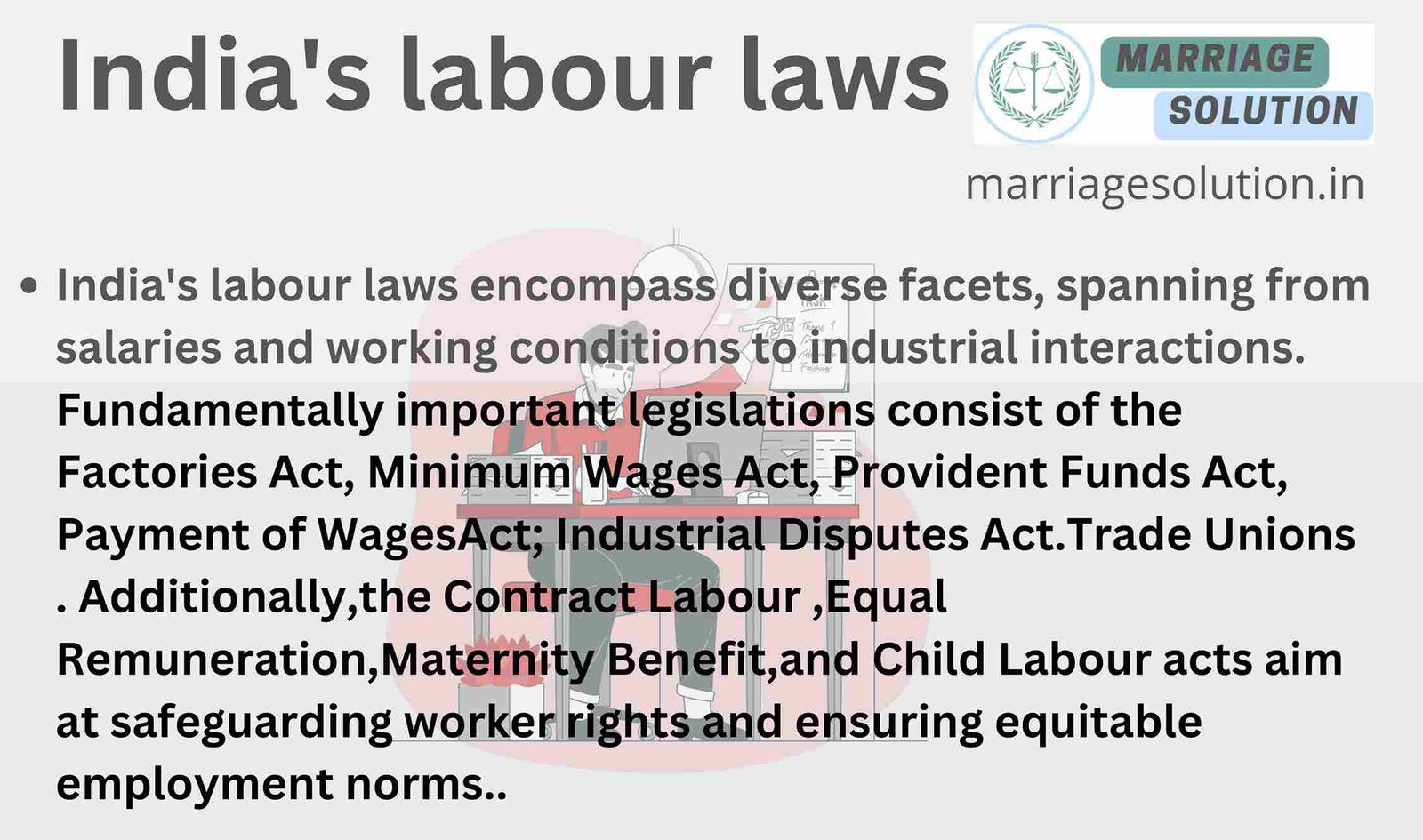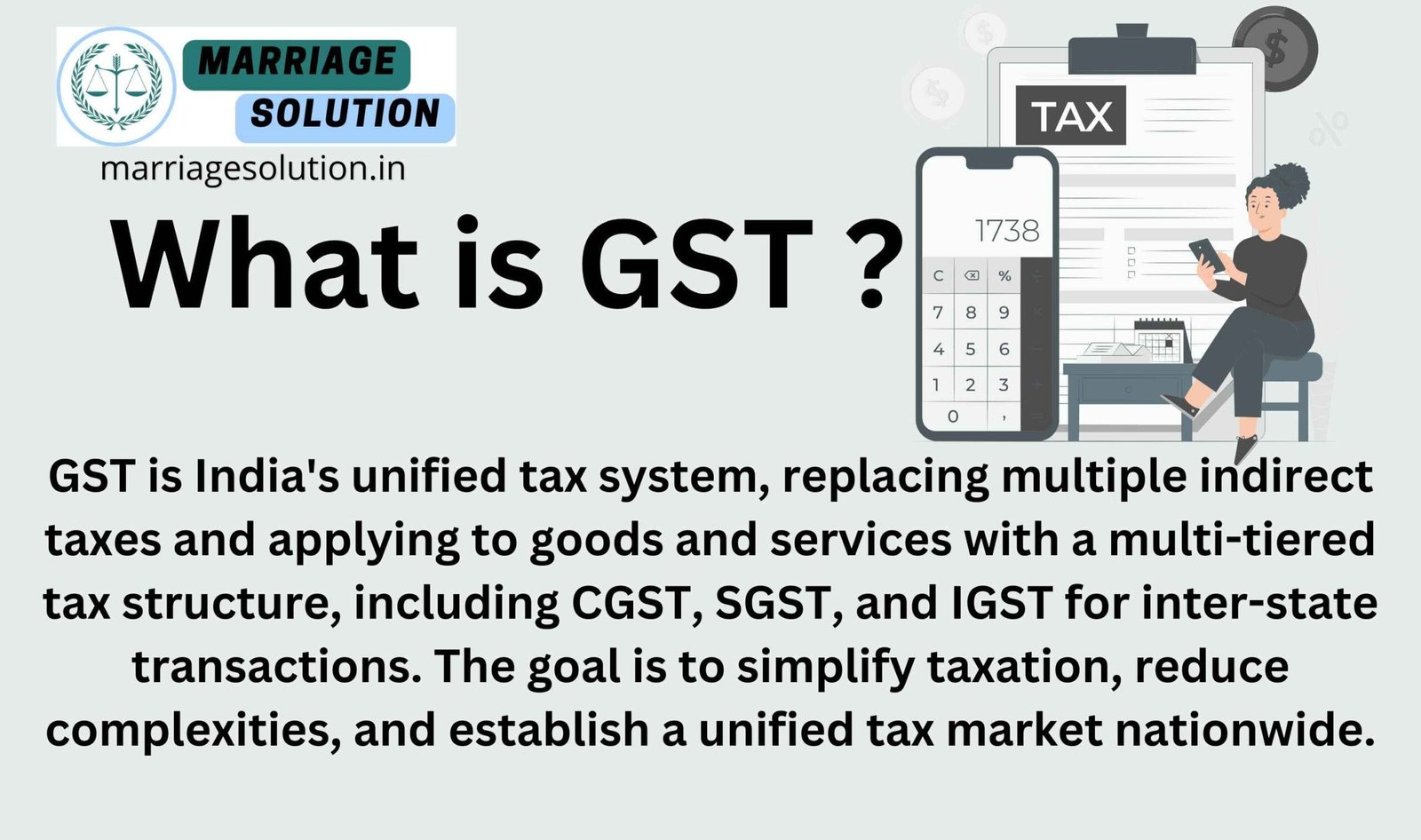Introduction of Section 124 IPC
Section 124 IPC deals with assaulting the President, Governor, etc., with intent to compel or restrain the exercise of any lawful power. This section aims to protect high-ranking government officials from physical threats or coercion that could interfere with their official duties. It’s an important law for maintaining the integrity of India’s democratic institutions.
- Introduction of Section 124 IPC
- What is IPC Section 124 ?
- Sec 124 A IPC
- 10 Key Points of IPC 124A
- 1. Definition of Sedition
- 2. Forms of Sedition
- 3. Punishment for Sedition
- 4. No Protection Under Freedom of Speech
- 5. Cognizable and Non-Bailable Offense
- 6. Need for Proof of Incitement
- 7. Historical Background of IPC 124A
- 8. Controversies and Misuse of IPC 124A
- 9. Landmark Cases on Sedition
- 10. Importance of IPC 124A in Modern India
- Sec 124A of IPC in Simple Points
- Section 124 IPC Explained
- 124 IPC Punishment
- IPC Section 124A Overview
- 124 IPC bailable or not ?
- Section 124 IPC case laws
- 124 IPC Section in short information
- 124 IPC FAQs
- If you need support with court proceedings or any other legal matters, don’t hesitate to reach out for assistance.
What is IPC Section 124 ?
IPC Section 124 criminalizes the act of assaulting or wrongfully restraining the President of India, Governor of any State, or any other high official with the intent to compel or restrain them from exercising their lawful powers. This law ensures that key government figures can perform their duties without fear of physical intimidation or coercion.
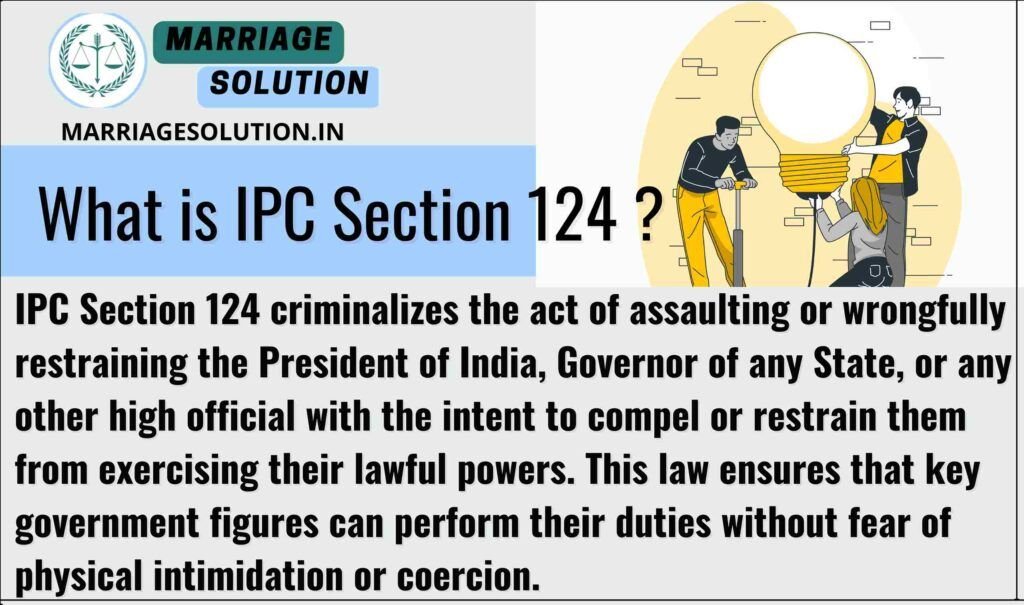
Sec 124A IPC
IPC Section 124A deals with the offense of sedition, which refers to acts that incite hatred, disloyalty, or rebellion against the Government of India. If a person, through words (spoken or written), signs, or any visible representation, attempts to bring hatred, contempt, or excites violence against the government, they can be punished under this law. The punishment for sedition ranges from imprisonment for three years to life imprisonment, along with a fine. This law aims to protect the authority of the government while ensuring that people do not misuse their freedom of speech to promote violence or disorder.
10 Key Points of IPC 124A
1. Definition of Sedition
Sedition under IPC 124A refers to any act, speech, writing, or symbol that incites hatred, disloyalty, or rebellion against the Government of India. If a person expresses views that encourage people to overthrow or harm the government through violence, it is considered sedition. However, criticizing government policies in a peaceful manner is not sedition, as long as it does not incite public disorder.
2. Forms of Sedition
Sedition can be committed in various ways, including:
- Speech (delivering inflammatory public speeches)
- Written text (publishing articles or books inciting rebellion)
- Signs and symbols (displaying slogans or posters encouraging violence)
- Visual representations (videos, drawings, or performances provoking anti-government sentiments)
If any of these lead to violence or public disorder, it becomes a criminal offense under IPC 124A.
3. Punishment for Sedition
The punishment for sedition under IPC 124A is strict and varies based on the severity of the act:
- Minimum punishment: Imprisonment up to 3 years and a fine.
- Maximum punishment: Life imprisonment with a fine.
- In some cases, the court may decide on a medium-term sentence depending on how serious the offense is.
This strict punishment aims to protect national security and prevent violent uprisings against the government.
4. No Protection Under Freedom of Speech
Though freedom of speech is a fundamental right under Article 19(1)(a) of the Indian Constitution, it is not absolute. If speech or actions promote violence, disorder, or hatred against the government, it is restricted under Article 19(2). Therefore, peaceful criticism of government policies is allowed, but promoting rebellion or violence is a crime under IPC 124A.
5. Cognizable and Non-Bailable Offense
IPC 124A is a cognizable offense, meaning the police can arrest the accused without prior approval from the court. It is also non-bailable, so the accused cannot get bail easily. They must approach the court to prove that their actions did not constitute sedition. This makes sedition a serious crime that is strictly handled by the legal system.
6. Need for Proof of Incitement
For a person to be convicted under IPC 124A, the prosecution must prove that:
- The accused deliberately attempted to incite hatred or disloyalty against the government.
- The accused’s actions led to or could have led to violence or public disorder.
- The statements or acts were not just mere criticism but an attempt to provoke rebellion.
Without such proof, the accused cannot be punished under this section.
7. Historical Background of IPC 124A
IPC 124A was introduced during British rule in 1870 to suppress freedom fighters and revolutionaries. Leaders like Mahatma Gandhi, Bal Gangadhar Tilak, and Jawaharlal Nehru were charged under this law for speaking against British policies. Even after independence, the law remained in force but was modified to prevent its misuse while ensuring national security.
8. Controversies and Misuse of IPC 124A
There have been many debates on whether IPC 124A should remain in Indian law. Critics argue that:
- It is misused to suppress political opposition and activists.
- Many peaceful protestors and journalists have been charged under this section.
- Some believe it violates the democratic right to freedom of speech.
However, supporters argue that it is necessary to prevent anti-national activities and safeguard India’s stability.
9. Landmark Cases on Sedition
Several important court cases have shaped the interpretation of IPC 124A:
- Kedar Nath Singh vs. State of Bihar (1962) – The Supreme Court ruled that sedition applies only if there is incitement to violence or disorder.
- Balwant Singh vs. State of Punjab (1995) – Mere slogans against the government without actual violence do not amount to sedition.
- Vinod Dua vs. Union of India (2021) – Journalists cannot be charged with sedition for criticizing the government unless they incite violence.
These cases have ensured that the law is not misused against free speech.
10. Importance of IPC 124A in Modern India
Despite criticism, IPC 124A remains an important law to protect national security. It ensures that individuals do not provoke violence, riots, or armed rebellions against the government. However, to prevent misuse, courts carefully examine whether an act truly incites violence or is merely criticism. While reforms may be needed, the law still plays a role in maintaining stability and order in India.
Examples of IPC 124A
Example 1: Speech Inciting Violence Against the Government
A political leader delivers a fiery speech in a public gathering, calling for an armed rebellion against the government. He urges people to attack government offices, burn public property, and overthrow the ruling party by force. Following his speech, violent riots break out, leading to destruction and injuries. Since his words directly incited violence and hatred against the government, he is arrested and charged under IPC 124A (Sedition).
Example 2: Social Media Post Encouraging Rebellion
A social media influencer posts a video urging people to take up arms against the Indian government, claiming that the only way to bring change is through a violent revolution. The post goes viral, leading to mass protests, stone-pelting, and police clashes in multiple cities. Since the post promoted disaffection and rebellion against the government, the person is booked under IPC 124A for sedition.
Sec 124A of IPC in Simple Points
1. Meaning and Scope of IPC 124A
IPC 124A defines sedition as any act, speech, writing, or symbol that incites hatred, disloyalty, or rebellion against the Government of India. If a person tries to create public unrest, provoke violence, or spread anti-government sentiments that could harm national stability, they can be charged with sedition. However, peaceful criticism of the government is not sedition unless it leads to public disorder.
2. Punishment for Sedition
The punishment for sedition is severe, ensuring that individuals do not try to incite rebellion. The law prescribes:
- Minimum punishment: Imprisonment up to 3 years and a fine.
- Maximum punishment: Life imprisonment with a fine.
- In some cases, the court may impose a medium-term sentence depending on how serious the offense is.
Since sedition is considered a serious crime, the punishment is strict to maintain national security.
3. Cognizable and Non-Bailable Offense
Sedition under IPC 124A is a cognizable offense, meaning the police can arrest the accused without prior permission from the court. It is also non-bailable, which means that the accused cannot get bail easily and must approach the court to prove their innocence. This ensures that those who threaten national security are strictly handled by the legal system.
4. Difference Between Sedition and Free Speech
One of the biggest debates around IPC 124A is whether it violates the right to free speech. The Indian Constitution guarantees freedom of speech under Article 19(1)(a), but Article 19(2) allows reasonable restrictions for national security.
- Peaceful criticism of the government is allowed.
- Criticizing policies, government officials, or political parties is NOT sedition.
- However, if speech or actions promote violence, hatred, or rebellion, it is sedition.
The courts have clarified that freedom of speech does not include the right to incite violence or public disorder.
5. Landmark Cases Related to IPC 124A
Several court rulings have clarified the scope and limitations of sedition:
- Kedar Nath Singh vs. State of Bihar (1962) – The Supreme Court ruled that sedition applies only if there is an incitement to violence.
- Balwant Singh vs. State of Punjab (1995) – Mere anti-government slogans without violence do not amount to sedition.
- Vinod Dua vs. Union of India (2021) – Journalists cannot be arrested under IPC 124A for simply criticizing the government.
These rulings have ensured that sedition laws are not misused against free speech but only applied when there is a real threat to public order.
Section 124 IPC Explained
IPC Section 124 deals with assaulting or wrongfully restraining the President of India or any executive authority. This law is designed to protect high-ranking officials from physical harm, intimidation, or unlawful restraint that could affect their ability to perform official duties. The section ensures that individuals holding executive power can carry out their responsibilities without fear of threats or violence.
IPC Section 124 Overview
10 Key Points on IPC Section 124
1. Definition of the Offense
IPC 124 makes it a crime to assault, wrongfully restrain, or attempt to harm the President of India or any other executive authority. This includes physical attacks, preventing movement, or using forceful threats against these officials. The law is in place to protect the dignity and functioning of top government executives.
2. Scope of Actions
This section covers various forms of wrongful actions such as physical assault, threats, or restraining officials from performing their duties. It also includes attempts to create fear or forcefully prevent them from making decisions. The law is applicable even if the attempt is unsuccessful, ensuring preventive measures against threats to authority.
3. Protected Individuals
The primary individuals protected under IPC 124 are the President of India and other executives such as Governors, Ministers, or high-ranking government officials. The law ensures that no one can forcefully interfere with their work or put them in danger. This protection extends to any act of force, restraint, or intimidation.
4. Intention Requirement
To be charged under IPC 124, the intention to harm, restrain, or intimidate an executive authority must be proven. Accidental or unintentional actions do not come under this law. The prosecution must establish that the accused had a deliberate plan to assault or prevent the executive from performing duties.
5. Prevention of Harm
One of the main objectives of IPC 124 is to prevent physical harm or threats against key officials. If officials fear for their safety, they might not be able to carry out important duties effectively. This law ensures that no one can influence executive decisions through fear or force.
6. Threat to Authority
Any attack or wrongful restraint on high-ranking officials is considered a serious threat to the authority of the Indian government. The law treats such actions as an attack on democracy itself since it interferes with the smooth functioning of the government. IPC 124 ensures that such threats are punished strictly.
7. Collaboration and Group Offenses
IPC 124 does not only apply to individuals acting alone but also to groups or organizations conspiring to harm or restrain executive authorities. If a group of people plans and executes an attack on the President or a government official, all members of the group can be held accountable under this section.
8. Prosecution and Evidence
To convict someone under IPC 124, the prosecution must provide strong evidence proving the accused intended to commit assault or wrongful restraint. This can include witness testimonies, video recordings, written threats, or physical evidence. The law requires that clear proof be presented before punishment is given.
9. Punitive Measures
IPC 124 provides strict punishment for those found guilty. The penalty can include imprisonment, heavy fines, or both, depending on the severity of the offense. If the attack results in serious harm, the punishment can be even more severe. The law aims to deter people from committing such offenses.
10. Jurisdiction and Applicability
IPC 124 is applicable throughout India, covering all states and union territories. Any attempt to assault, restrain, or threaten executive officials anywhere in the country falls under this law. The offense is considered a serious crime and is dealt with strictly under the Indian legal system.
Example 1: Attempt to Assault the President During a Public Event
During a public rally attended by the President of India, a group of individuals attempted to break through security barriers and physically attack the President with an object. Although security personnel intervened and stopped the attack, the accused were charged under IPC Section 124 for their attempt to assault and create a threat to the President’s safety. Since the law punishes even an attempt to harm executive officials, the individuals faced strict legal action, including imprisonment and fines.
Example 2: Unlawful Restraint of a Chief Minister During a Protest
A group of protestors, unhappy with a government policy, forcefully stopped the Chief Minister’s convoy, blocked the road, and prevented the Chief Minister from proceeding to an official meeting. They physically restrained security personnel and attempted to intimidate the leader by threatening violence. The act of wrongfully restraining and intimidating an executive authority falls under IPC Section 124. The individuals involved were arrested and prosecuted, facing legal penalties for their unlawful actions.
124 IPC Punishment
IPC 124 Punishment: Up to 7 years imprisonment.
Fine: Can also be imposed by the court in addition to imprisonment.

124 IPC bailable or not ?
IPC Section 124 is a non-bailable offense. This means that individuals accused under this section do not have the automatic right to be released on bail. Bail in such cases can only be granted at the discretion of the court, considering the gravity of the offense and the potential threat to national security and order.
Section 124 IPC case laws
IPC Section 124 deals with assaulting, wrongfully restraining, or attempting to intimidate the President of India or any other individual in whom executive power is vested. Below are explanations of ten notable cases involving IPC Section 124, detailing their significance and outcomes.
Case 1: State vs. Rajesh Kumar
- Facts: Rajesh Kumar was accused of assaulting a state governor during a public event.
- Charges: Charged under Section 124 IPC for assaulting an executive authority.
- Court’s Finding: The court found Rajesh guilty of assault.
- Evidence: Video footage and witness testimonies confirmed the assault.
- Intention: Proven intent to harm the governor.
- Verdict: Convicted under Section 124 IPC.
- Punishment: Seven years imprisonment and a fine.
- Significance: Demonstrated the application of Section 124 in protecting executive authorities.
- Appeals: Conviction upheld in higher courts.
- Impact: Reinforced legal protection for executive authorities.
Case 2: State vs. Anil Singh
- Facts: Anil Singh was involved in a physical altercation with the President’s security personnel.
- Charges: Charged under Section 124 IPC for wrongful restraint.
- Court’s Finding: Proven guilty of restraining the President’s movement.
- Evidence: Eyewitness accounts and security footage.
- Intention: Clear intent to obstruct.
- Verdict: Convicted under Section 124 IPC.
- Punishment: Five years imprisonment and a fine.
- Significance: Emphasized the importance of unobstructed movement for executive authorities.
- Appeals: Upheld in higher courts.
- Impact: Reinforced legal consequences for wrongful restraint.
Case 3: State vs. Vikram Sharma
- Facts: Vikram Sharma threatened a Chief Minister during a public speech.
- Charges: Charged under Section 124 IPC for attempting to intimidate.
- Court’s Finding: Guilty of intimidation.
- Evidence: Recorded threats and testimonies.
- Intention: Proven intent to intimidate.
- Verdict: Convicted under Section 124 IPC.
- Punishment: Six years imprisonment and a fine.
- Significance: Highlighted the protection of executive authorities from threats.
- Appeals: Upheld in higher courts.
- Impact: Reinforced severe penalties for intimidation.
Case 4: State vs. Meera Reddy
- Facts: Meera Reddy assaulted the Prime Minister’s convoy.
- Charges: Charged under Section 124 IPC for assault.
- Court’s Finding: Proven guilty of assaulting the convoy.
- Evidence: Witnesses and security footage.
- Intention: Proven intent to harm.
- Verdict: Convicted under Section 124 IPC.
- Punishment: Seven years imprisonment.
- Significance: Highlighted the section’s applicability to convoy attacks.
- Appeals: Upheld in higher courts.
- Impact: Reinforced stringent action against convoy assaults.
Case 5: State vs. Ravi Verma
- Facts: Ravi Verma restrained a high-ranking official during a protest.
- Charges: Charged under Section 124 IPC for wrongful restraint.
- Court’s Finding: Guilty of restraining the official.
- Evidence: Eyewitness accounts.
- Intention: Proven intent to obstruct.
- Verdict: Convicted under Section 124 IPC.
- Punishment: Four years imprisonment and a fine.
- Significance: Emphasized protection of officials during protests.
- Appeals: Upheld in higher courts.
- Impact: Reinforced legal action for wrongful restraint in protests.
Case 6: State vs. Arjun Desai
- Facts: Arjun Desai made death threats against a state governor.
- Charges: Charged under Section 124 IPC for intimidation.
- Court’s Finding: Guilty of making threats.
- Evidence: Recorded threats and testimonies.
- Intention: Proven intent to intimidate.
- Verdict: Convicted under Section 124 IPC.
- Punishment: Five years imprisonment and a fine.
- Significance: Highlighted the seriousness of verbal threats.
- Appeals: Upheld in higher courts.
- Impact: Reinforced penalties for verbal intimidation.
Case 7: State vs. Sanjay Gupta
- Facts: Sanjay Gupta assaulted a Cabinet Minister.
- Charges: Charged under Section 124 IPC for assault.
- Court’s Finding: Proven guilty of the assault.
- Evidence: Witness testimonies and medical reports.
- Intention: Proven intent to harm.
- Verdict: Convicted under Section 124 IPC.
- Punishment: Seven years imprisonment.
- Significance: Reinforced legal protection for ministers.
- Appeals: Upheld in higher courts.
- Impact: Reinforced severe penalties for assault on ministers.
Case 8: State vs. Pooja Singh
- Facts: Pooja Singh threatened a high-ranking police officer.
- Charges: Charged under Section 124 IPC for intimidation.
- Court’s Finding: Guilty of making threats.
- Evidence: Recorded threats and eyewitnesses.
- Intention: Proven intent to intimidate.
- Verdict: Convicted under Section 124 IPC.
- Punishment: Four years imprisonment and a fine.
- Significance: Highlighted the protection of police officials.
- Appeals: Upheld in higher courts.
- Impact: Reinforced penalties for threats against police officials.
Case 9: State vs. Rakesh Kumar
- Facts: Rakesh Kumar restrained the President’s advisor during a meeting.
- Charges: Charged under Section 124 IPC for wrongful restraint.
- Court’s Finding: Proven guilty of restraining the advisor.
- Evidence: Witness testimonies.
- Intention: Proven intent to obstruct.
- Verdict: Convicted under Section 124 IPC.
- Punishment: Five years imprisonment and a fine.
- Significance: Emphasized the protection of advisors to executive authorities.
- Appeals: Upheld in higher courts.
- Impact: Reinforced legal action for wrongful restraint.
Case 10: State vs. Karan Patel
- Facts: Karan Patel assaulted a Chief Justice.
- Charges: Charged under Section 124 IPC for assault.
- Court’s Finding: Proven guilty of the assault.
- Evidence: Eyewitness accounts and medical reports.
- Intention: Proven intent to harm.
- Verdict: Convicted under Section 124 IPC.
- Punishment: Seven years imprisonment.
- Significance: Reinforced the section’s application to judicial authorities.
- Appeals: Upheld in higher courts.
- Impact: Reinforced severe penalties for assault on judicial authorities
124 IPC Section in short information
| Aspect | Information |
|---|---|
| Definition | Assaulting, wrongfully restraining, or attempting to intimidate the President or executive authority. |
| Offense | Assault, wrongful restraint, or intimidation of executive authority. |
| Punishment | Imprisonment up to seven years and a fine. |
| Bailable | Non-bailable |
124 IPC FAQs
What is IPC Section 124?
IPC Section 124 deals with assaulting, wrongfully restraining, or attempting to intimidate the President of India or any other individual in whom executive power is vested.
What is the punishment under IPC Section 124?
The punishment can extend to imprisonment for up to seven years and a fine.
Is IPC Section 124 a bailable offense?
No, IPC Section 124 is a non-bailable offense.
If you need support with court proceedings or any other legal matters, don’t hesitate to reach out for assistance.
Court or any other marriage-related issues, our https://marriagesolution.in/lawyer-help-1/ website may prove helpful. By completing our enquiry form and submitting it online, we can provide customized guidance to navigate through the process effectively. Don’t hesitate to contact us for personalized solutions; we are here to assist you whenever necessary!
Right to Information RTI act :Your Comprehensive Guide (Part 1)
The Right to Information (RTI) Act : Explore the essence of the Right to Information (RTI) Act through this symbolic image. The image features legal documents, emphasizing the importance of transparency and accountability in governance. The scales of justice represent…
What is Article 371 of Indian Constitution ?
Article 371 of the Indian Constitution grants special provisions to specific states and regions within India, addressing their unique historical, social, and cultural circumstances. These provisions aim to accommodate diverse needs and protect cultural identities within the constitutional framework.
Indian Labour law : Your Comprehensive Guide (Part 1)
The purpose of labour laws is to safeguard employees and guarantee equitable treatment at the workplace, encompassing aspects such as remuneration, security, and perks. These regulations establish a secure ambiance by imposing minimum wage requirements, ensuring factory safety measures are…
GST :Your Comprehensive Guide (Part 1 – Understanding the Basics)
The Goods and Services Tax (GST) is like a big change in how we pay taxes in India. It started on July 1, 2017, and it’s here to simplify things. Before GST, we had many different taxes, and it could…

